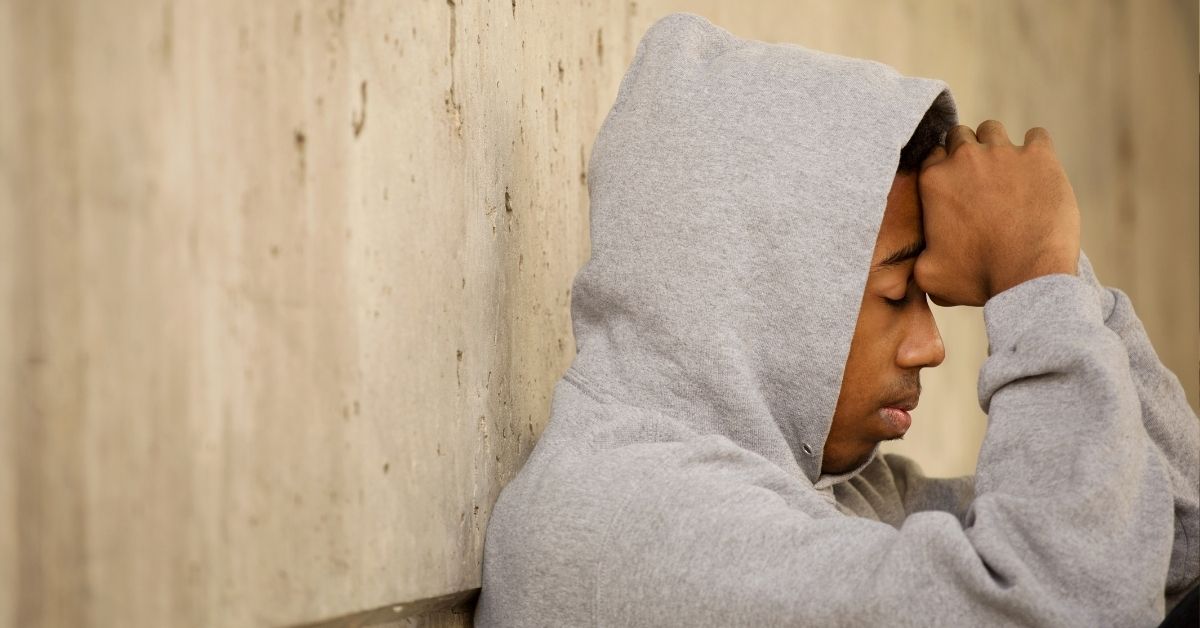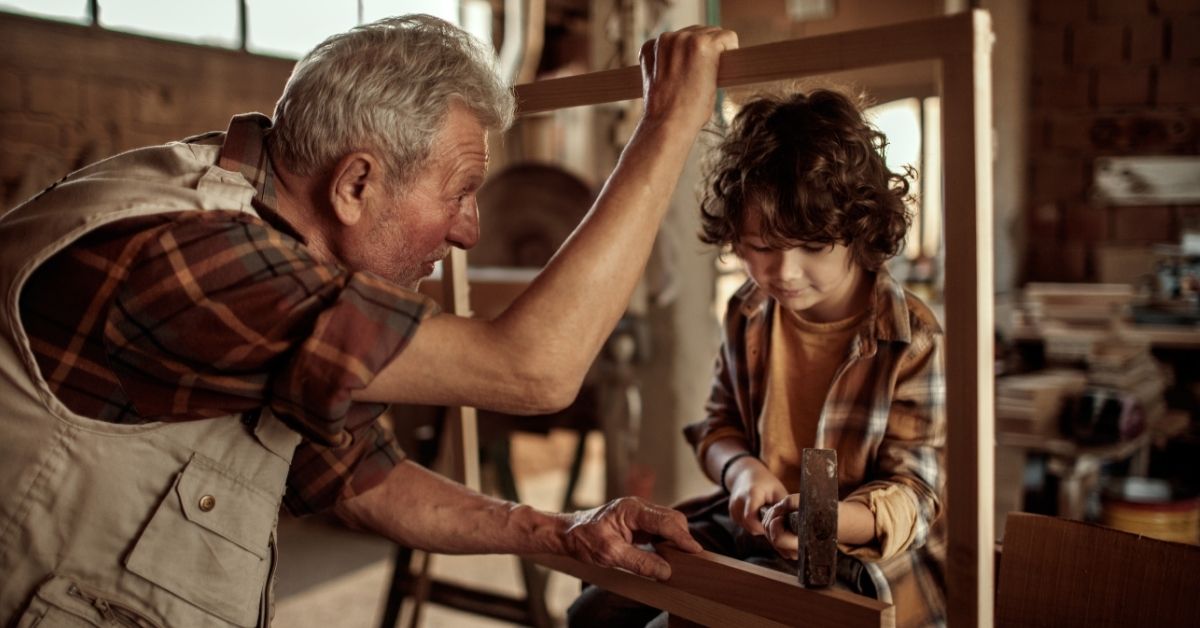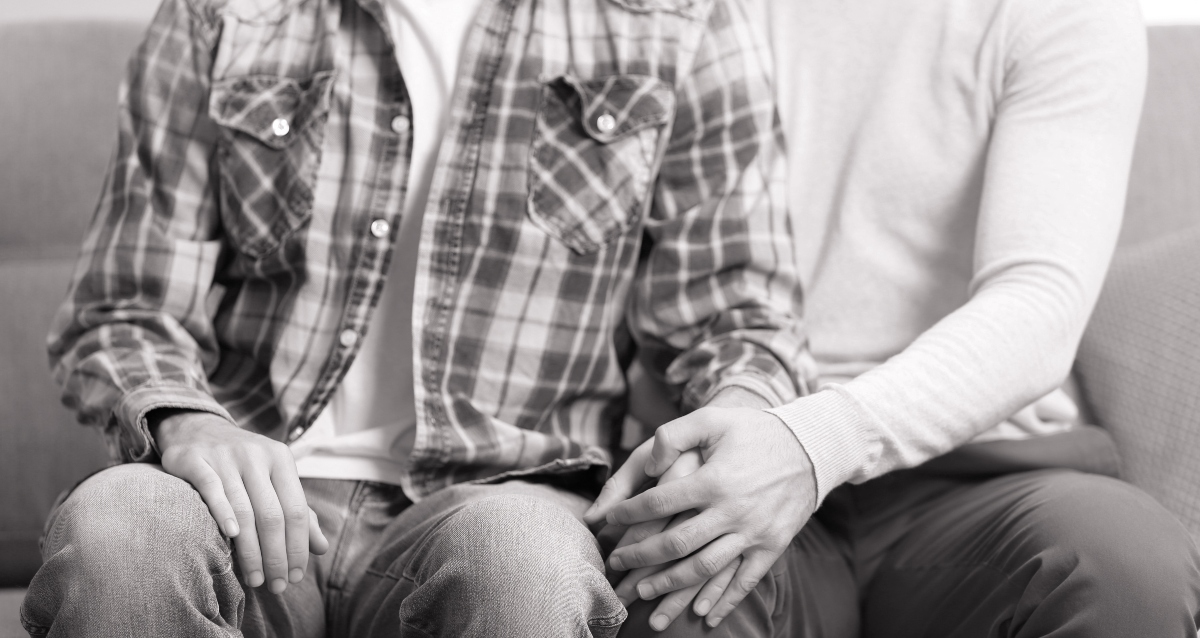Young men are experiencing problem anger at unprecedented levels. That’s the key finding of a new national study from the Canadian Men’s Health Foundation. The study finds that half of Canadian men under 30 are at risk of levels of anger frequent or intense enough to damage relationships and daily life. Problem anger occurs when anger interferes with daily life, relationships, and work.
The same study finds that four in 10 men under 30 wanted to hit someone when angry in the past month. These findings point to a generation of young men wrestling with emotions they were never taught to name – let alone regulate.
“It’s a global issue and it’s deepening,” says Dr. David Kuhl, President & Co-Founder of Blueprint, a non-profit society that recently merged with the Canadian Men’s Health Foundation to deliver research-backed mental health programs for men, families and communities. “Men today are grappling with geopolitical uncertainty, economic challenges, job insecurity and the rising cost of housing – all while trying to live up to shifting norms of masculinity.”
A Hidden Epidemic
Darlene Mathews is a Victoria, BC-based registered social worker with five decades of experience in what she describes as the ‘helping professions.’ “We still raise boys to be stoic and self-contained. But anger is almost always a second emotion: it sits on top of something deeper like shame, fear or hurt,” she explains.
Mathews has spent much of the past decade working with more than 600 men convicted of violence-related offences through BC’s Ministry of Justice. Her experiences interacting intimately with hundreds of troubled men as a facilitator have given Mathews a rare window into male emotion.
“Many men are gobsmacked to discover they can pause before reacting to their anger,” she says. “Once men learn that they can name the feeling beneath their anger – whether it be betrayal, embarrassment or disappointment – they’re able to choose a different response.”
The Science of “Problem Anger”
The Canadian Men’s Health Foundation study uses the Dimensions of Anger Reactions (DAR) scale to classify problem anger risk. Men who reported getting angry, staying angry or wanting to hit someone “some of the time” or more are considered at risk.
Demographic analysis reveals that men aged 19–29 are almost three times more at risk of problem anger than men aged 45–59 – even after adjusting for income and education. BIPOC men, lower-income men and those living alone also show elevated odds. In other words, youthful anger isn’t just a “phase” – it’s a measurable public-health issue shaped by economic, social and cultural stressors.
What’s Fueling the Fire
Clinicians like Dr. Kuhl and Darlene Mathews trace problem anger in young men to a perfect storm of psychological, social and environmental factors.
“Economic pressures are huge: housing costs, precarious jobs and the gig economy,” says Mathews. “Add isolation, online culture – even pornography addiction – and you have a generation of younger men spending more time in front of screens than with people. They’re disconnected, and that fuels frustration.”
Mathews points out that many of these young men grew up amid shifting gender norms. “There’s a power imbalance between men and women that society is still renegotiating…men feel uncertain about their role in today’s world.”
When looked at regionally, the study’s data supports Mathews’s insights. For example, men living in Ontario – where urban stress and cost of living pressures are highest – showed greater odds of problem anger than those living in other regions of the country.
Masculinity and Emotional Vocabulary
Experts believe that traditional notions of masculinity compound problem anger in young men. Boys are still taught not to cry from a very young age, explains Matthews. “If a boy gets hurt, the message is often: ‘go ride your bike…don’t make a scene.’ By adulthood, the boy has learned to hide pain and channel every emotion into anger.”
Mathews quotes researcher Brené Brown’s observation that humans experience 87 distinct emotions, noting that most men talk only about three: happiness, sadness, and anger. “Until we teach boys the full vocabulary of feelings, anger will keep doing the talking,” she says.
And the consequences are profound: anger expressed outwardly can lead to aggression and violence. Turned inward, it can advance to depression, addiction or even suicide. Men already account for roughly 75 per cent of suicide deaths in Canada, often using more lethal means than women to end their lives.
Inside the “Anger Mountain”
Mathews teaches clients a simple model she calls the “Anger Mountain.” At the base is a trigger: a perceived slight or frustration. If a man fails to stop there and identify the first feeling, adrenaline floods his body, pushing him up the slope toward crisis.
“At the peak, he’ll say and do things he later regrets,” she says. “Then comes the crash: guilt and shame at the bottom. That cycle erodes self-esteem and keeps repeating.” Learning to recognize the trigger phase is key: “pause, breathe and ask yourself what am I really feeling right now?” Mathews tells clients. “That simple question can change everything.”

Building Better Supports
Peer-to-peer programs and networks can be invaluable for isolated younger men. Mathews praises the ManKind Project, a peer-to-peer community where men practice vulnerability and accountability. “Inside that circle, when a man shares something genuine, others respond positively, acknowledging respect. It anchors positive behaviour,” she says.
Mathews also emphasizes the need for accessible counselling and Cognitive Behavioural Therapy treatment options outside of the criminal justice system. “By the time I see men, it’s often years too late. We need community-based programs that reach them long before a court order.”
How We Can Help
According to Dr. David Kuhl, men need to feel seen, heard, and supported. “It’s important to understand another person’s feelings and behaviours rather than blaming or shaming them,” he says. “Men’s health isn’t just physical. It’s about who I am as a man in relationship to myself, to the people I love, and within my community.”
The Canadian Men’s Health Foundation reached over two million people in 2024 and is building on that momentum to drive deeper change. The goal is to create spaces — both online and in communities — where men feel welcome no matter what emotions they’re experiencing.
Men need a place in the world that understands them beyond stereotypes. That means devoting time and resources to developing programs and opportunities for men to engage more fully in their own lives and the lives of their families and communities. So the next generation doesn’t continue these same cycles of silence and struggle.
Five Practical Ways to Cool the Heat
Mathews offers these everyday tools for young men who feel their anger rising:
- Pause and name it. Remember that anger is a second emotion. Ask: “What came before – hurt, fear, shame, disappointment?”
- Use the R-A-I-N method. Recognize what you feel. Allow it. Investigate why it’s there. Nurture yourself instead of attacking.
- Check your thinking errors. Notice when you’re blaming, over-generalizing or minimizing others’ feelings – classic traps that fuel rage.
- Master the Four F’s. When triggered, the body chooses Fight, Flight, Freeze, or Fawn. Learn which is yours so you can interrupt it early.
- Connect before you correct. Call a friend, walk, breathe, journal – any step that restores connection to self or others before reacting.
“Anger itself isn’t bad,” Mathews stresses. “It’s energy. Used well, it’s protective and motivating. But unmanaged, it damages everything in its path.”
Changing the Narrative
Despite the sobering statistics, Mathews is optimistic about the future of young men. “Their beliefs aren’t as entrenched as older generations,” she says. “If we reach men under 30 with emotional-intelligence skills now, we can prevent decades of pain later.”
Ultimately, addressing men’s anger means re-imagining masculinity itself. That means parents encouraging sons to cry without shame; teachers rewarding empathy as much as achievement; employers treating emotional regulation as a leadership skill; and health systems funding anger-management programs as seriously as addiction or depression treatment.
“Every one of us has a critical role to play,” says Matthews. “Let’s stop judging anger and start understanding it. When young men learn that emotional regulation is strength, not weakness, we’ll all live in a calmer, safer, more compassionate world.”
Change begins when we start listening. Every act of empathy, every space that helps young men feel seen, moves us toward a culture where anger no longer isolates — it connects.
What kind of programs and support would you like to see for young men in Canada? Please share in the comments below.






Let’s Talk!
Did you enjoy this article? Let us know in the comments.
0 Comments